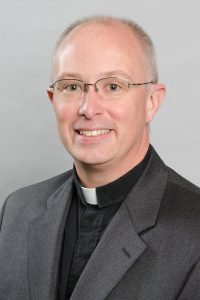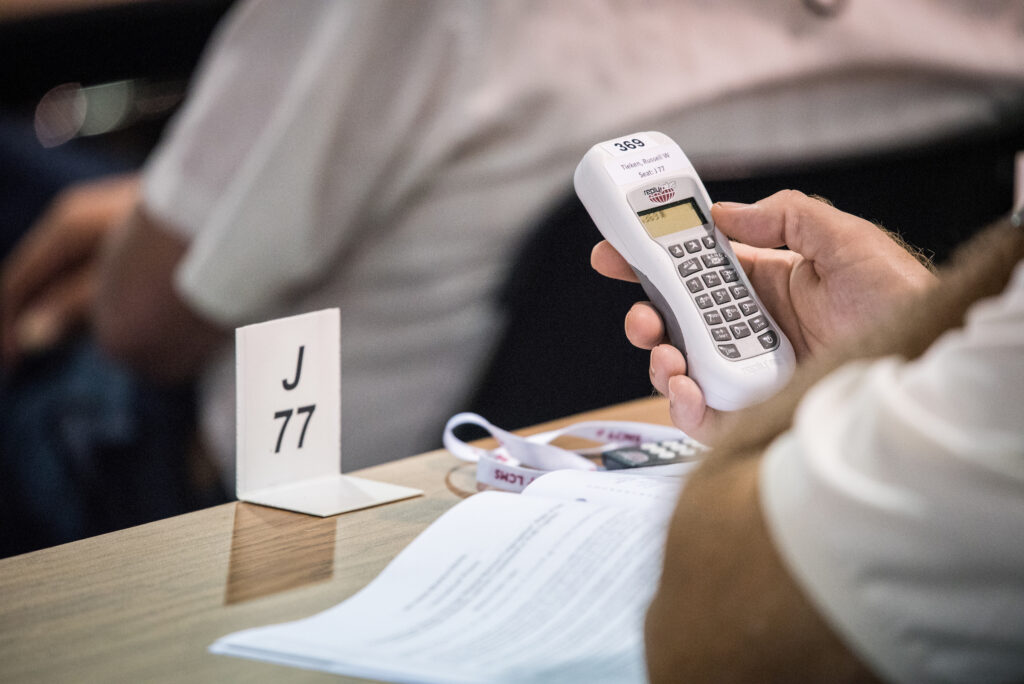
The office of LCMS Secretary Rev. Dr. John W. Sias has prepared a set of “Frequently Asked Questions,” or FAQs, about changes to the LCMS Bylaws that relate to ecclesiastical supervision of congregations and rostered church workers who are accused of violating the Synod’s standards for doctrine and practice.
Briefly, those changes grant accusers a bylaw procedure they can use — under certain circumstances — to appeal for action to the Synod president if a district president decides, after investigating the allegations himself, not to admonish and/or suspend the accused.
The changes to the ecclesiastical-supervision bylaws (Bylaw sections 2.14 to 2.17) were mandated by Resolution 12–14, adopted by the 2016 LCMS convention and endorsed in May by the Synod Board of Directors, completing the adoption process.
The changes have been incorporated into the 2016 Handbook of the Synod (including the printed edition distributed in May), and Standard Operating Procedures manuals governing their use have been approved by the Council of Presidents, which also had a key consultative role in the development of the new bylaws.
“You may be aware that these changes and the process by which they were made have been a topic of significant conversation and some confusion in the Synod,” Sias acknowledges in a Nov. 3 email to LCMS church workers and 2016 convention delegates. The FAQs, he adds, are intended to “relieve this confusion.”
The FAQs are presented in three sections: “Origins and Process Followed,” “The Changes Themselves” and “Other.”
According to the FAQs, the “main change (specifically, in Bylaws 2.14.4 – 2.14.5.3) occurs when (1) an accuser, a member of the Synod, has filed a formal, written accusation in a matter of doctrine and practice, and (2) the district president, having had an opportunity to investigate, admonish and suspend the accused, has not, in the impression of the accuser, adequately carried out these responsibilities.
“In such an instance, the accuser may appeal to the Synod president to carry out these ecclesiastical supervisory responsibilities. This restores the constitutionally necessary ‘appeal for action’ present in the bylaws from 1956–2004, restoring to the Synod president a bylaw means to carry out his constitutional responsibility to ‘maintain unity of doctrine and practice in all the districts of the Synod.’ ”
In the email, Sias encourages those with concerns about the topic to read the FAQs and share them with others, particularly fellow congregation members who have an interest.
Download the FAQs Download the 2016 Handbook See 2016 convention resolutionsPosted Dec. 1, 2017
